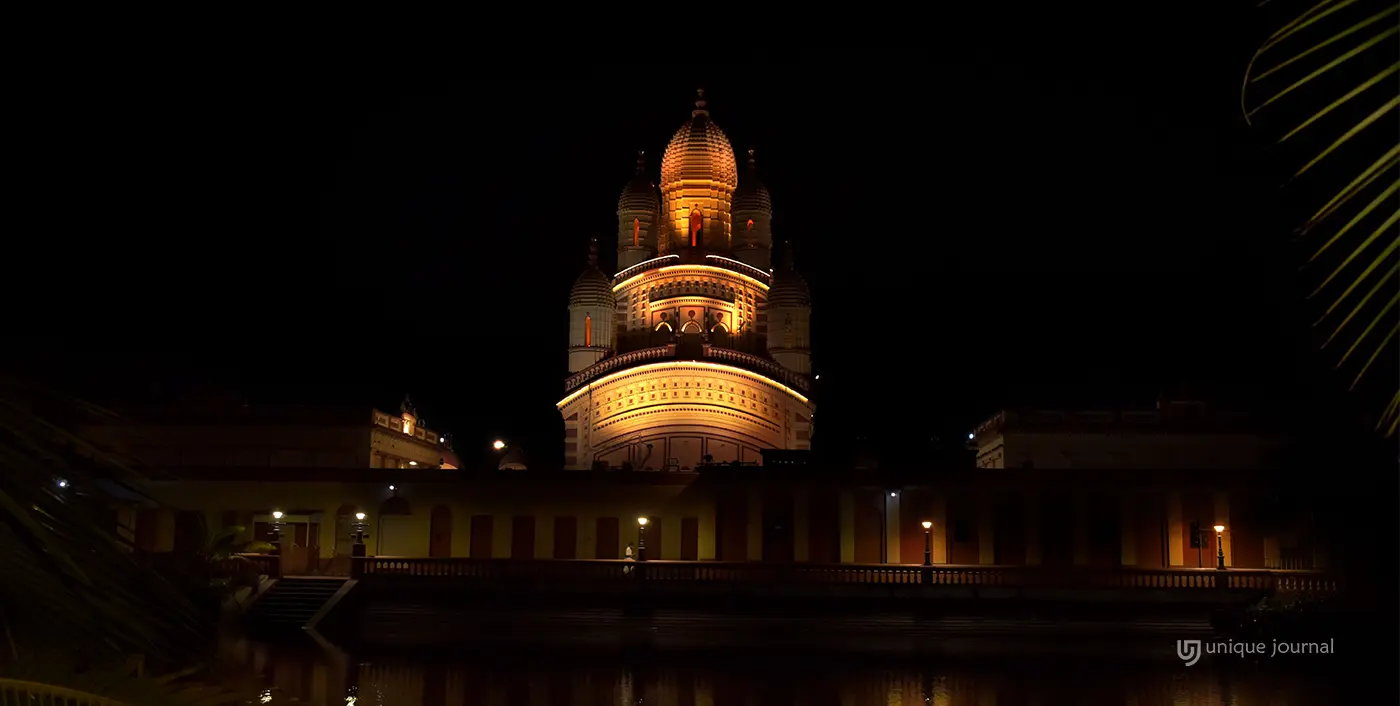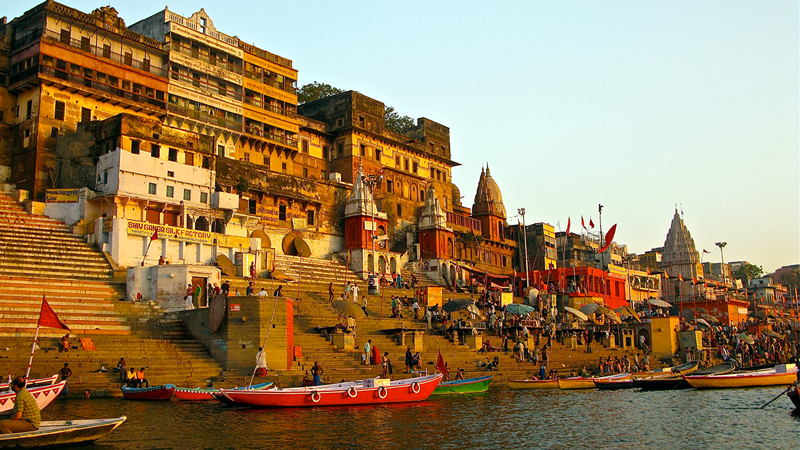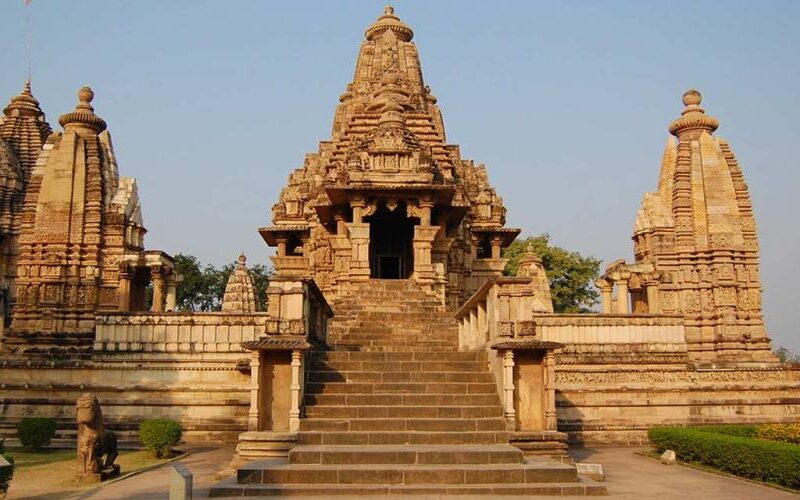The Kali temple of Dakshineshwar, dedicated to Mother Bhavatarini, is well-known throughout India. It was built in 1855 by Lokmata Rani Rasmani for Mother Bhavatarini.
Located on 20 acres of land, this temple complex of Dakshineshwar Kalibari was earlier known as Saheban Bagicha. Rani Rasmani Devi bought this land from an Englishman named John Hastie
This Navaratna temple cost about 9 lakhs of rupees and took approximately 8 years to build. On May 31, 1855, Rani Rasmani Devi inaugurated the idol of Maa Bhavatarini in this Navaratna temple during the Snan Yatra.
Additionally, the temple complex contains twelve octahedron Shiva temples known as the “Twelfth Shiva Mandir”.
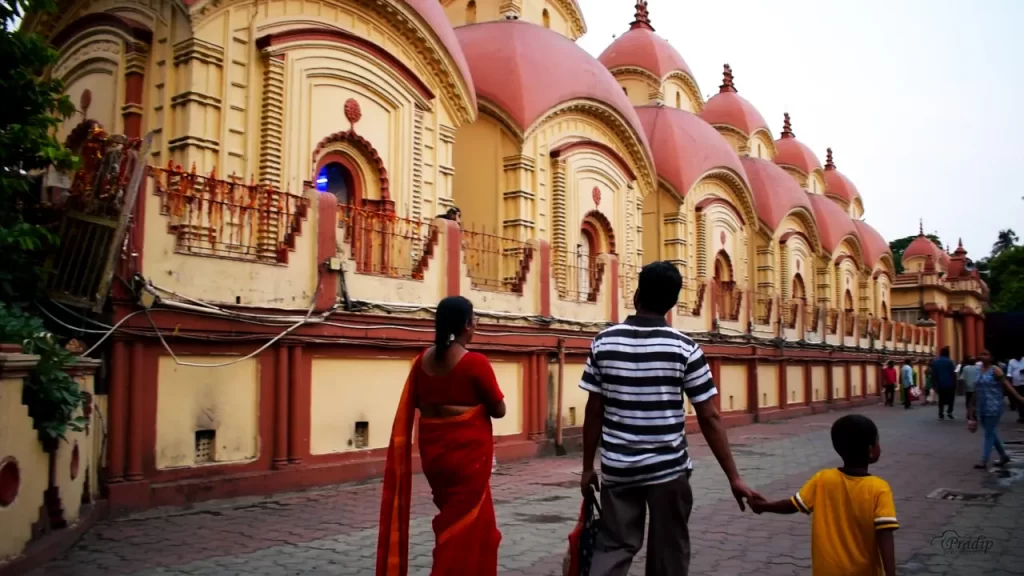
The area around the main temple has special places filled with memorabilia of Sri Ramakrishna Paramahamsa and his family members, such as the Traditional Kuthibari, Nahabat khana, Rasmani Devi Temple, Panchabati Tala, Gazi Tala, Gazi Pond, as well as on Bhog eating rules, temple opening time, temple closing time, and a guide on how to take the sky walk from Dakshineshwar metro station to the main gate of the temple.
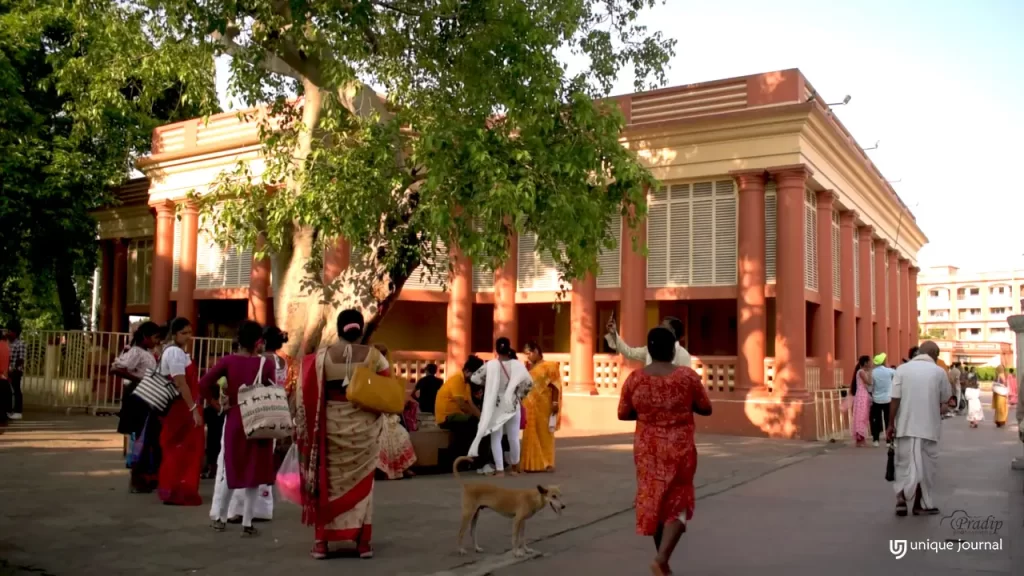
Traditional Kuthibari / Pragya Thirtha Library
During its establishment, the temple’s first and chief priest was Ramkumar Chattopadhyay, the Elder brother of Ramakrishna Paramahamsedeva. After Ramkumar’s death, young Ramakrishna Paramahamsa took over the puja of the Dakshineshwar Temple.
After the death of Sri Ramakrishna’s nephew Akshay, he left this cottage and moved to the room in north-west corner of the temple. And Sri Ramakrishna spent most of his last life in this house.
Pragya Thirtha Library was established in 2009 at this historical cottage (Kuthibari) under the initiative of Lokmata Rani Rasmani Foundation.
This library has about 7000 books, many periodicals, and newspapers (in Bengali, Hindi, and English).
The library is open to the general public from 11:30 am to 8:00 pm. (The library is completely closed on Wednesdays)
The books that enrich this library are:- Theology, Novels, Literature, Linguistics, Biography, Philosophy, History, Geography, Economics, Mathematics, Chemistry, Physics, Technology, Pedagogy, Sociology, Law, Politics, Psychology, Arts, Commerce. , Computers & Information Technology, Travel Books, Competitive Books, and many Rare Books.
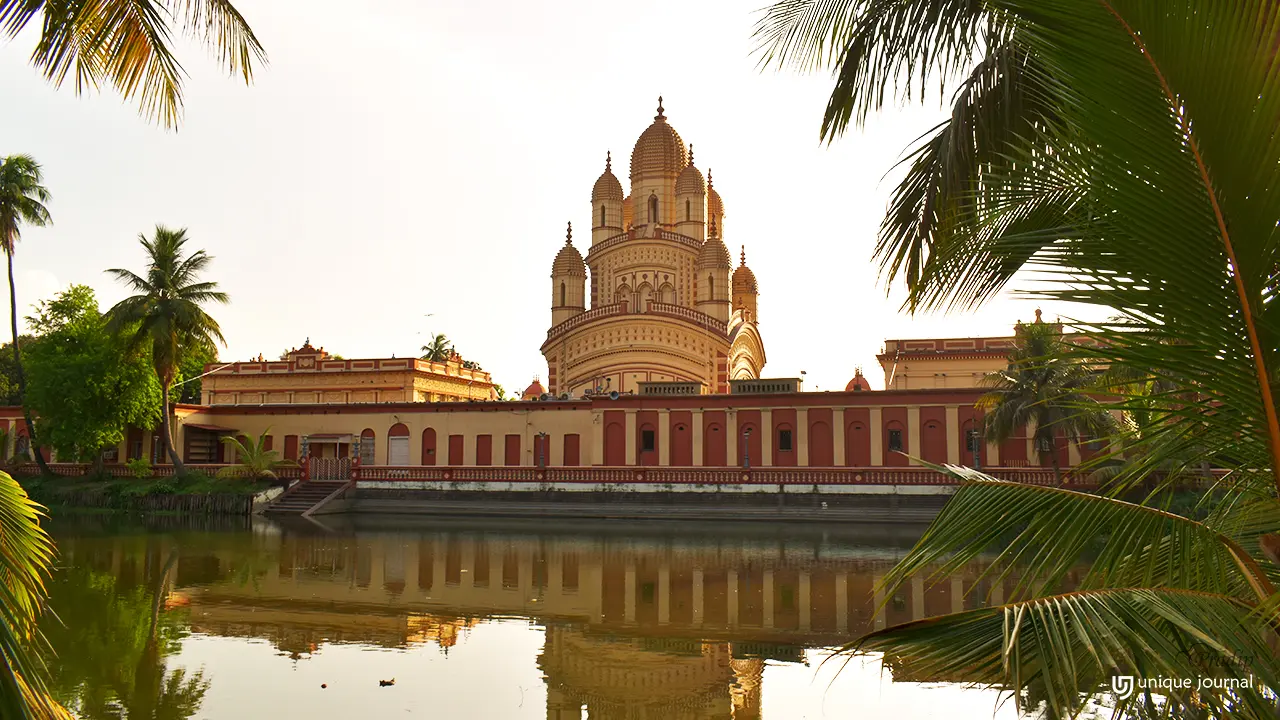
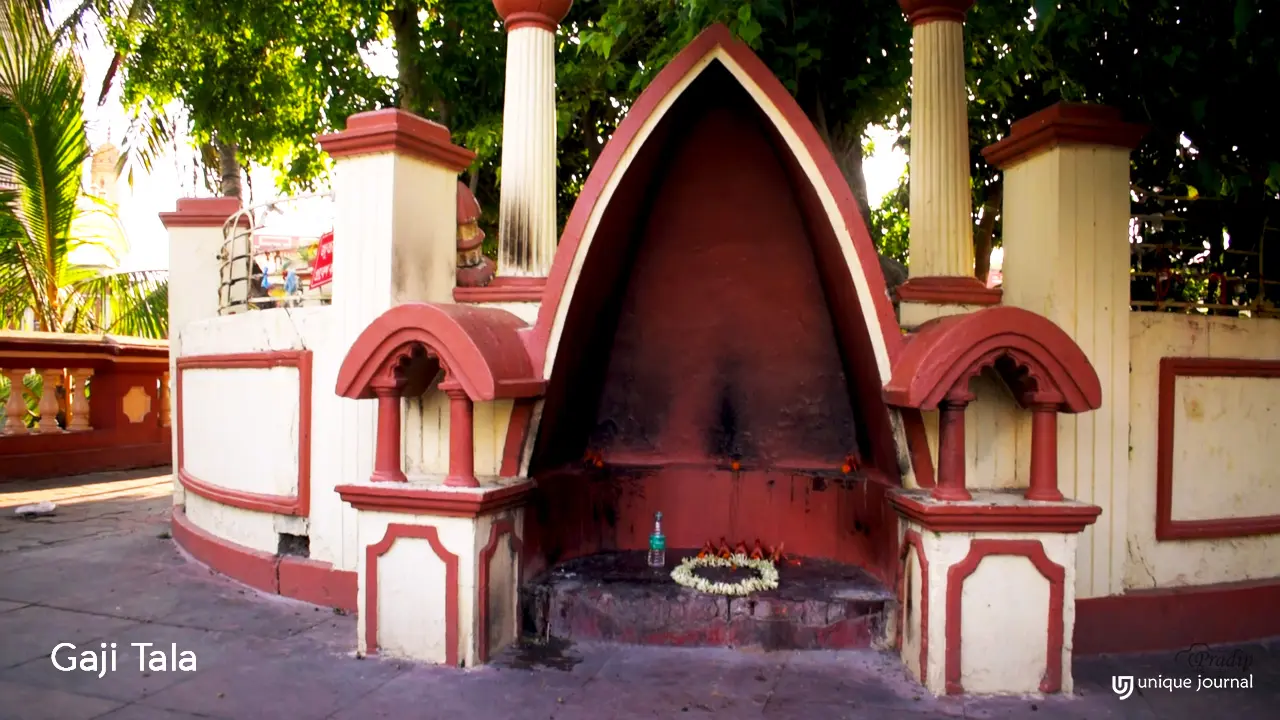
Gaji pukur and Gaji tola in Dakshineswar Kali temple
To the east of the temple is a pond called ‘Gaji pukur’, which measures 260 ft in length and 120 ft in width. Northeast of the pond is Gaji Tala, where Sri Ramkrishna explored Islam. Nearby, there is a peepal tree.
When the Dakshineswar Kali temple was constructed, Rani Rashmoni designated the Gaji Tala as a place for both Hindus and Muslims to offer prayers, without disturbing it. Today, Gaji Tala is maintained by the Debottar Estate.
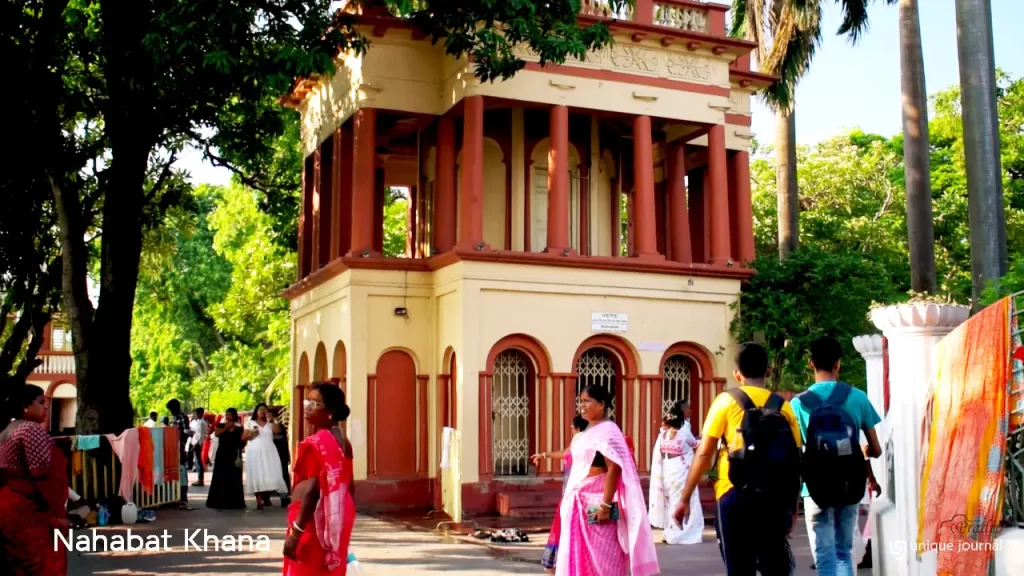
Nahabat Khana is the room of Sri Sarada Ma
“Within the Dakshineshwar Complex, there are two Nahabat Khana. One located in the southern garden is closed, while the other is situated west of the Kuthi Bari and north of the Kali Temple. In the past, Nahabat was used to play a variety of musical instruments, but today, the temple authorities only use Dhak, Dhol, and Kashi during the ‘aarati’. Just below the Nahabat Khana is the room of Sri Sarada Ma, where she resided when she visited Dakshineshwar. Daily prayers are offered to her here.”
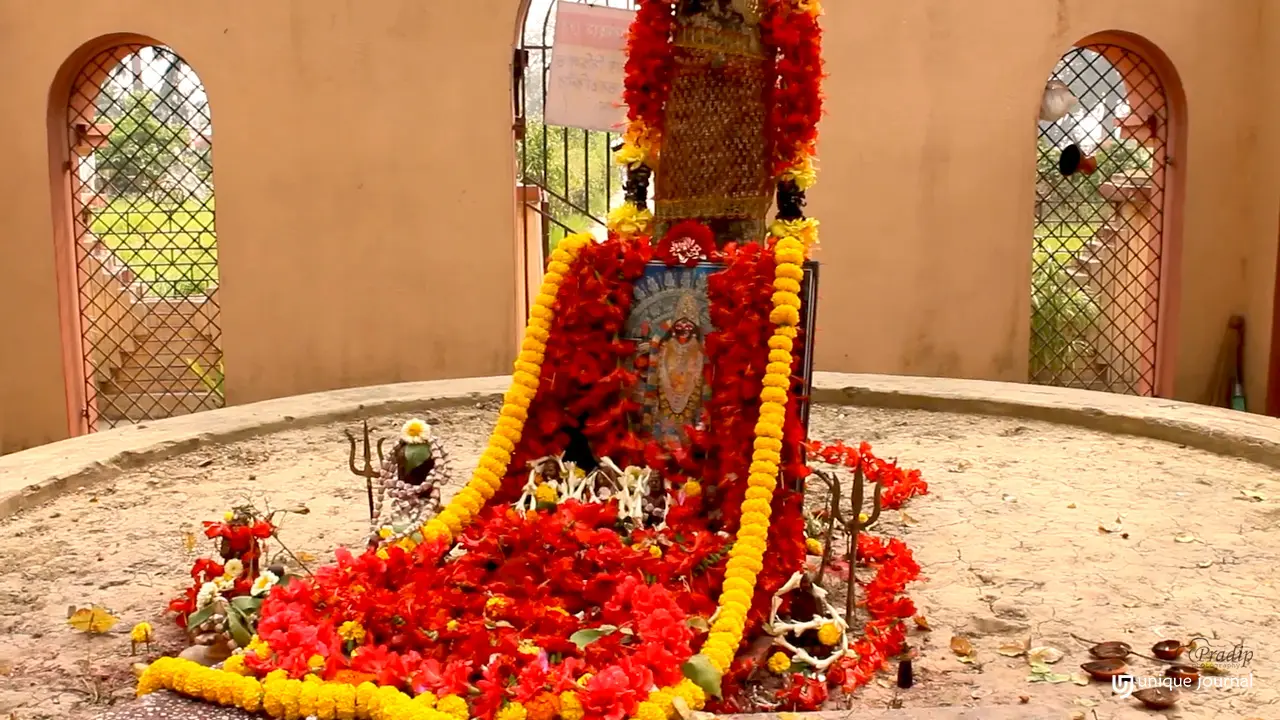
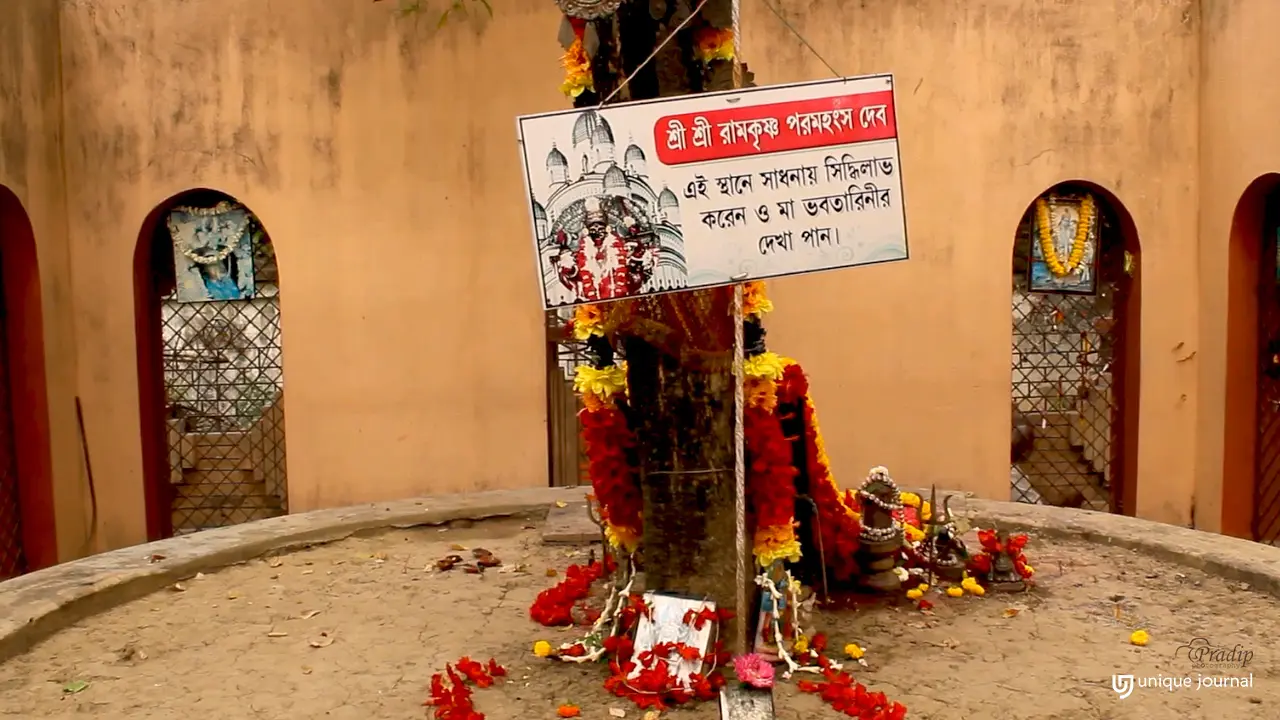
Panchabatitala
To the north of Bakul Tala is a wide open space called Panchabati. Under Sri Ramkrishna’s guidance, five trees – Banyan, Peepal, Neem, Amlaki, and Woodapple trees – were planted in the southern part. Soil from the ‘Radha Kund’ and ‘Shyam Kund’ of Vrindavan was brought here to plant these trees. Sri Ramkrishna spent 12 years of sadhana in Panchabati and had the darshan of Bhavatarini for the first time, attaining siddhi in matri sadhana. He took sanyas according to vedantic rites under the tutelage of Sri Totapuri. A hut was built in Panchabati for sadhana, which was later rebuilt into ‘Shanti Kuthi’. Close to it is a Shiv temple with a Shiv linga, where puja is performed every day.
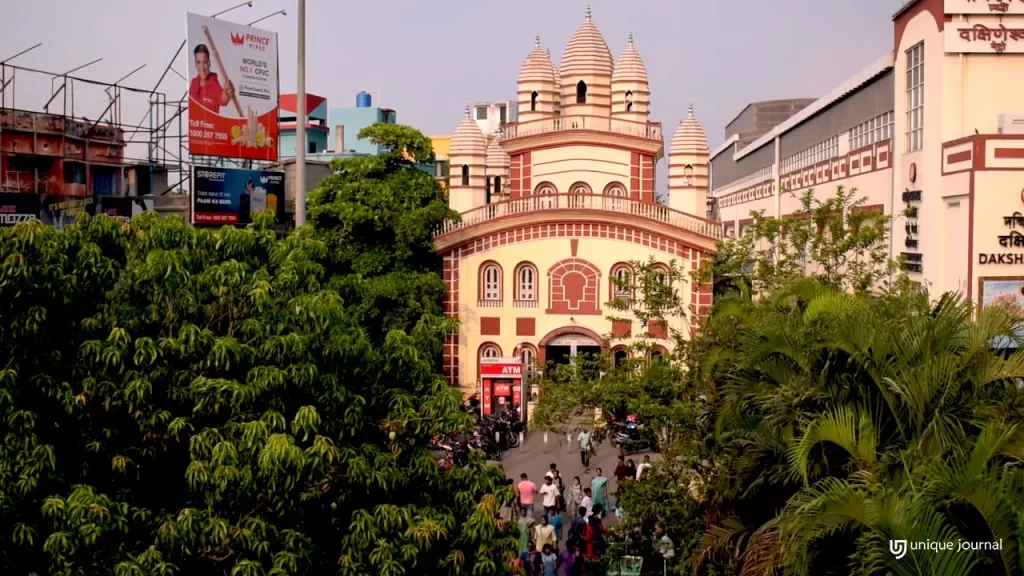
Directions
From anywhere in Kolkata you will get alight at Dakshineshwar Railway Station or Dakshineshwar Metro Station
Then a 3 to 4 minute walk through this sky walk will reach the main gate of Dakshineshwar temple.
Please take note of the following information about Dakshineshwar temple:
Maa Bhavatarini Darshan Timings : – 6:30 AM to 12:30 PM – 3:30 PM to 7:30 PM
If you wish to partake in the noon meal, you can Collect the coupon from inside the main temple complex. Bhog coupons are available daily from 9 am.
During summer evenings, the Ganga Aarti starts at 6:20 PM, followed by Bhavatarini’s Sandhya Aarti. The temple closes at 7:30 PM when the Sandhya Aarti concludes.

